PNB by the Decades: Our “Far-Out” First Years
By Zoe Meadows-Sahr
Alongside many other key Seattle organizations, we are celebrating our 50th anniversary at Pacific Northwest Ballet. Through the years, PNB has experienced a lot of twists and turns. Read on to see how we boogied through our first 10 years in the ‘70s!
1966-1972: The Pre-Incorporation Years
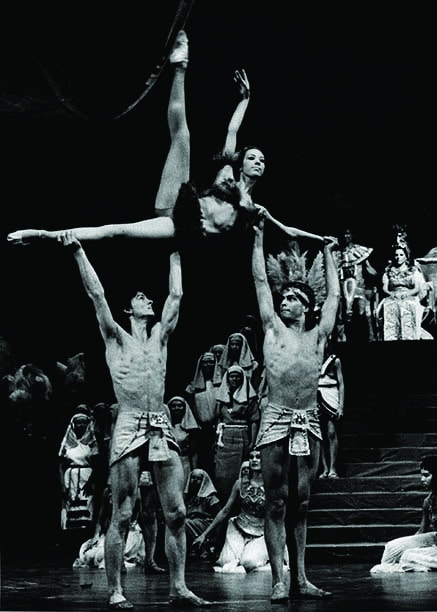
Most companies don’t spring up out of the blue, and PNB is no different. It took many artistic leaders, different organizational structures, and a veritable alphabet soup of abbreviated names for PNB to find its footing. Although PNB was incorporated in 1972, its roots stretch back to 1966, when a group of Seattle dance supporters founded the Pacific Northwest Ballet Association. The association aimed to promote interest in ballet in Seattle and, most pertinently, sought to fund a summer residency by the Joffrey Ballet. Happily, the PNBA succeeded, and they hosted the Joffrey in the summers of 1968 through 1970.
The PNBA succeeded in presenting the Joffrey Ballet in Seattle but faced difficulties along the way. As early as 1966, members of the Seattle theater community questioned why PNBA was supporting touring companies like the Joffrey instead of local talent. PNBA listened, and in October of 1971, they pledged to support the First Chamber Dance Company, a local group of five dancers led by Charles Bennett. Unfortunately, PNBA’s backing of First Chamber Dance Company would not last long. In 1972, Seattle was in the midst of the “Boeing Bust,” and like many Seattleites and organizations, PNBA was struggling financially. First Chamber Dance Company faced bankruptcy, and the PNBA defaulted on their payments to the group. With both the dire financial situation and the negative press it caused, the PNBA needed help, and fast.
Luckily for PNBA, Glynn Ross (1914-2005), the director of the Seattle Opera, was eager to help. Ross offered the PNBA a large loan and proposed that they act as a wing of the Seattle Opera. With few options, the PNBA happily agreed to Ross’ idea. On November 20, 1972, PNBA filed its articles of incorporation, and the company we now know as Pacific Northwest Ballet was formed! The newfound company renamed itself the Pacific Northwest Dance Ballet Company (PNDC) and began a fund drive of $32,000.
1972-1977: The Search for an Artistic Director
With PND’s budget of $32,000, they hoped to hire dancers and, critically, an artistic director. In October of 1973, the PND board hired Leon Kalimos (1917 – 2006) as the administrative director of the company. Previously, Kalimos was the general manager of the San Francisco Ballet, and he immediately knew who he wanted as artistic director. From his time at the San Francisco Ballet, Kalimos was familiar with former San Francisco Ballet dancer Kent Stowell and his wife Francia Russell. At the time Stowell and Russell were co-artistic directors of the Frankfurt Ballet and enjoying their life in Germany. In 1974, Stowell turned down Kalimos’ request, writing “if things don’t work out for now, perhaps they will in the future. … we will all survive and go on doing what we are doing, and perhaps fate will bring us together at some later date.”
Unable to secure a contract with Stowell and Russell, PND hired Janet Reed (1916-2000) as a ballet mistress for the company in the spring of 1974. Reed brought a wealth of knowledge and prestige to PND. She had a successful performance career dancing for respected companies like the San Francisco Ballet, American Ballet Theater, and the New York City Ballet. Reed played an important role in PND’s early years, as she auditioned the very first group of dancers for the company and school. In 1975, she oversaw PND’s first full-length production, Lew Christensen’s Nutcracker. Nutcracker was a smashing success, selling out all of its eight performances.
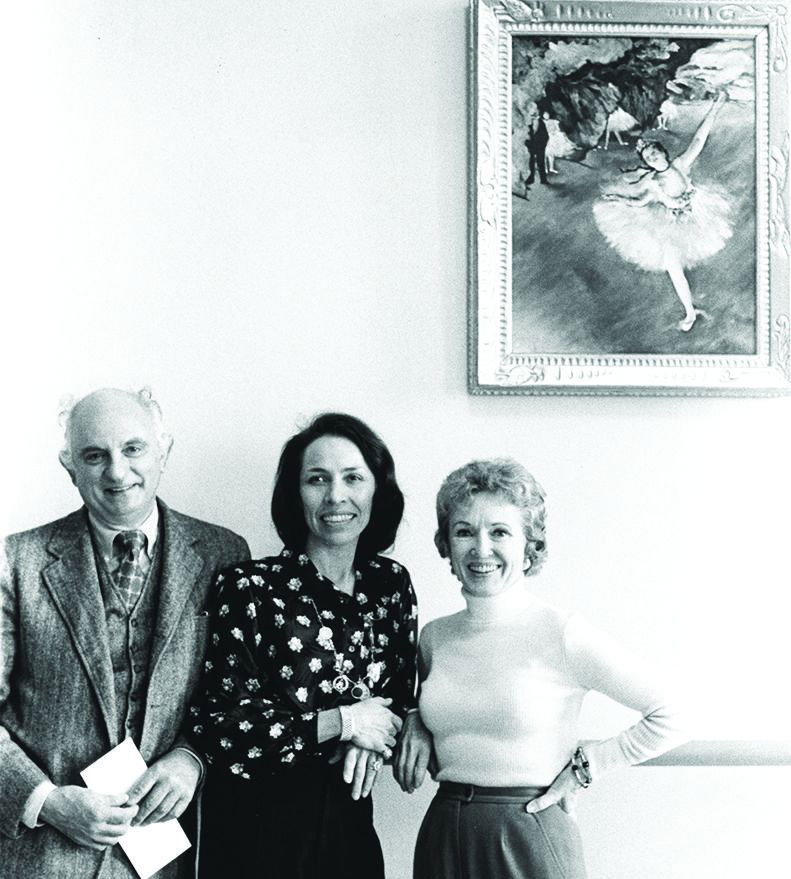
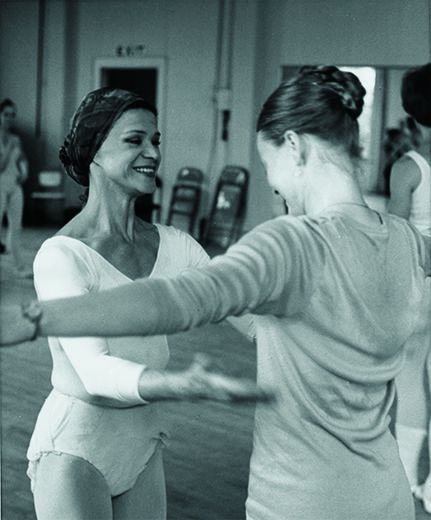
Janet Reed didn’t renew her contract in 1976, and dancer Melissa Hayden (1923-2006) became the new ballet mistress at PND. She later gained the title of artistic director in 1977. Hayden was an acclaimed dancer, performing first with American Ballet Theater, and then as principal at the New York City Ballet. Under Hayden, PND performed its very first repertory season, including ballets still loved by PNB audiences today like Coppélia, Allegro Brilliante, and Nutcracker. She resigned from PND in 1977.
1977-1982: New Beginnings
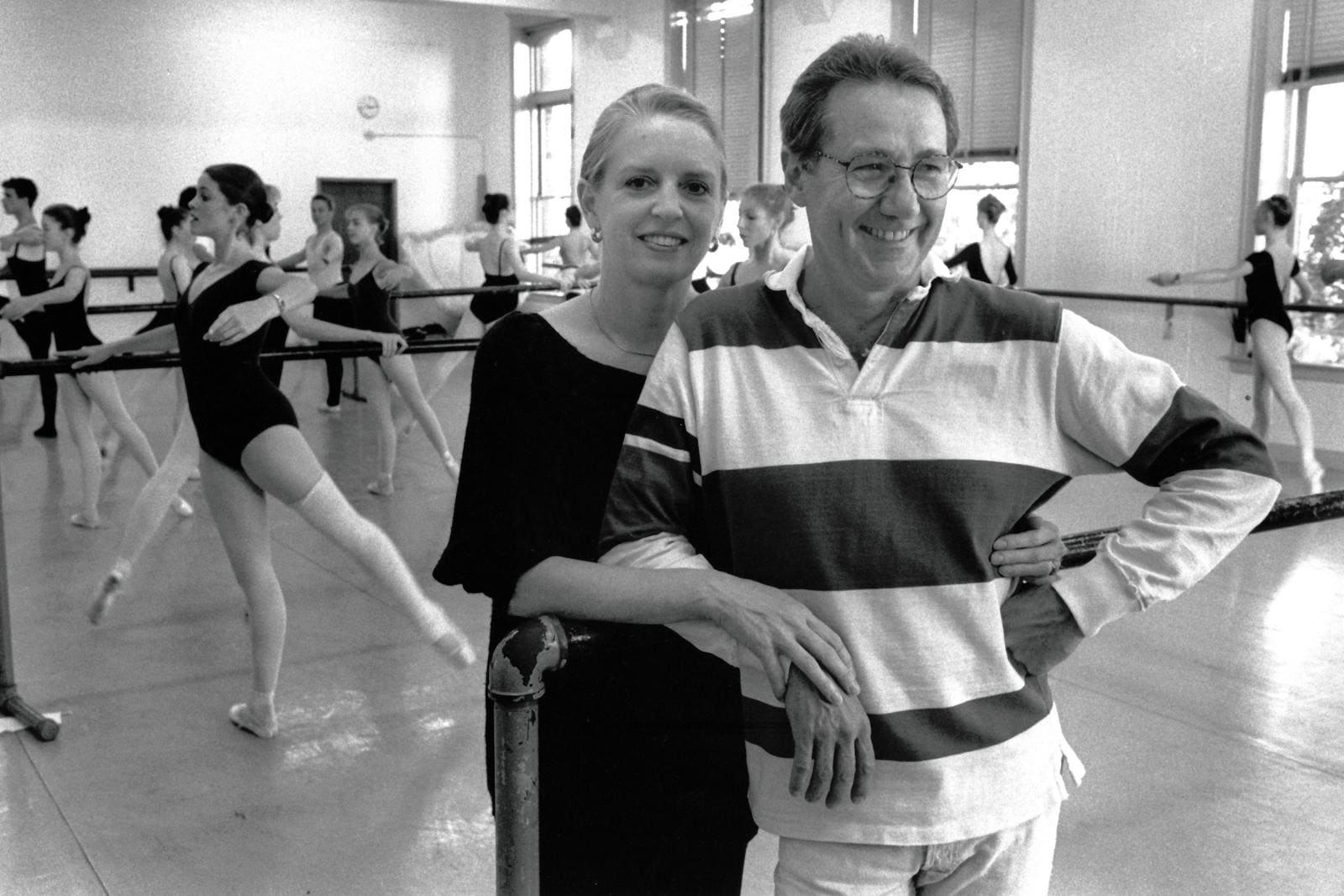
Hayden’s resignation presented a challenging situation for PND. Among the difficulties of negative press and dancers leaving the company, PND was without an artistic director. Perhaps this was as fate intended, as Kent Stowell and Francia Russell were now ready to accept the artistic director position. In September of 1977, Stowell and Russell flew to Seattle. Luckily, they arrived well stocked with lots of elbow grease, as there was a lot to be done at the floundering dance company.
Russell and Stowell dedicated a tremendous amount and time and energy to seeing PND grow. Russell focused her attention on the PNB school, creating class levels and a syllabus. Under Russell’s watchful eye, the company was improving. Dance critic Mindy Aloff wrote, “Francia Russell’s coaching and schooling clearly are first-rate, and [PNB] has a good chance of becoming something quite beautiful in a few years.” While Russell was sharpening the dancers’ skills, Stowell was choreographing brand-new pieces for the ballet. Stowell created shorter, abstract works like Over the Waves Symphony No. 5, and Ragtime. He also created new versions of story ballets, like PNB favorite Coppélia, which utilized all new sets.
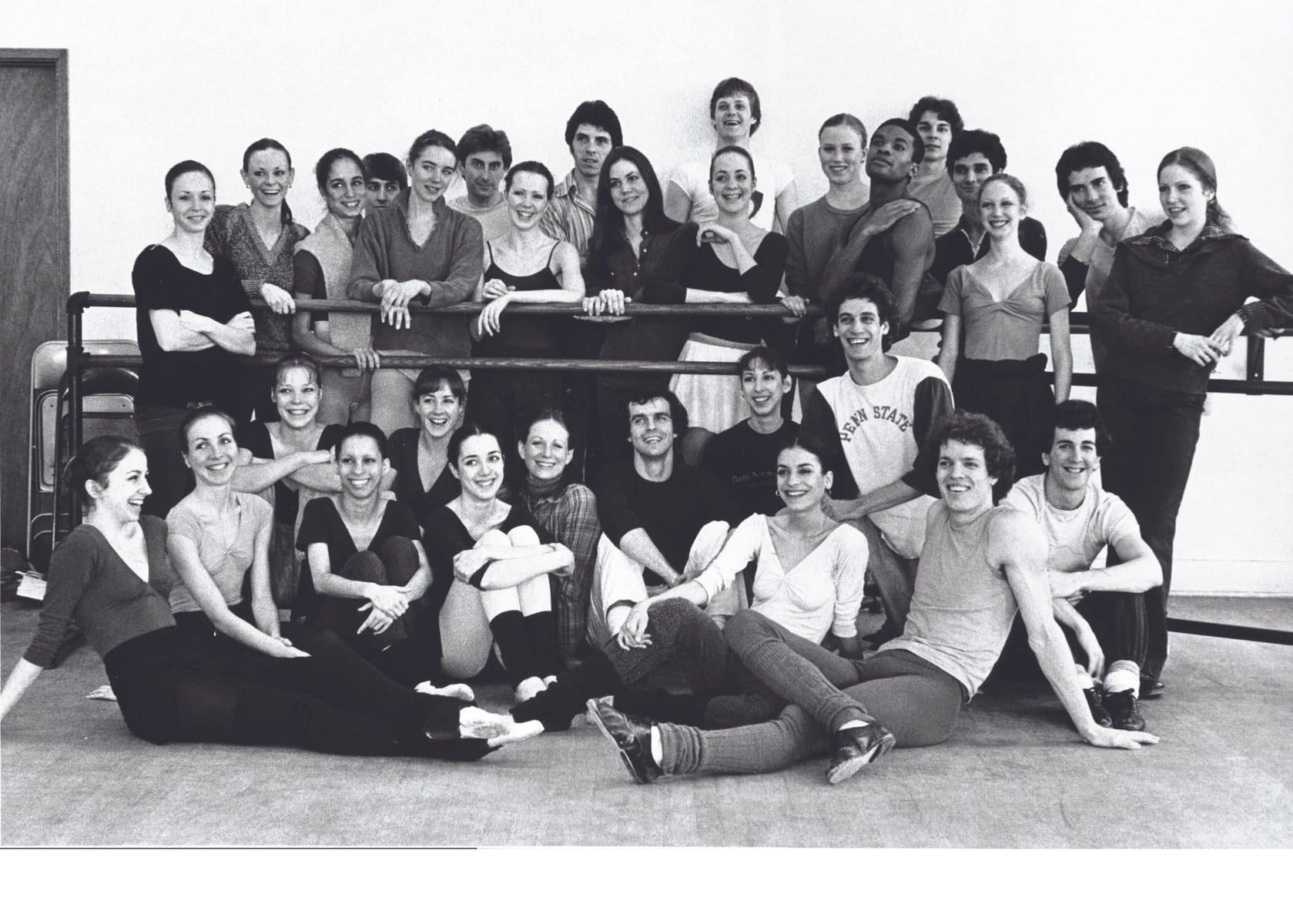
Under Stowell and Russell’s leadership, Pacific Northwest Ballet was developing into a prestigious dance company. In 1978, PNB was awarded a $150,000 grant from the National Endowment from the Arts which was a much larger amount than the $32,000 budget of just six years before! The company had grown in numbers as well with 21 dancers and six apprentices on contract. In that same year, the company was able to completely separate from the Opera. Finally their own entity, the Pacific Northwest Ballet Dance Company changed its name to the much shorter and snappier Pacific Northwest Ballet. At the end of the ‘70s, PNB was on the cusp of producing two of its most beloved ballets: Kent Stowell’s Nutcracker and Swan Lake, which would launch the company into world-renown.
As we celebrate our 50th anniversary, we’d love to hear about how PNB’s a part of your story; write us a birthday card and send us a gift!
Featured Photo: Kent Stowell and Francia Russell at morning PNB Company class © Kurt Smith.
Photos: Pacific Northwest Dance Ballet League dancers performing in Seattle Opera’s Aida in 1975 © Des Gates & Associates. Leon Kalimos, Maria Tallchief, and Janet Reed in 1976 © Carol Beach. Melissa Hayden with Charlotte Richards in the summer of 1976. Kent Stowell and Francia Russell at morning PNB Company class © Kurt Smith. The Pacific Northwest Ballet company dancers in 1981 © Archie K Horspool.
Sources: Becker, Paula. “Pacific Northwest Ballet.” Historylink.org. June 20th, 2012. https://www.historylink.org/file/10135; Cabotaje, Angela, Benjamin Cassidy, and Sophie Grossman. “1972: The Audacious Year that Changed Seattle.” Seattlemet.com. March 7, 2022. https://www.seattlemet.com/news-and-city-life/2022/03/1972-year-that-changed-seattle-history; Dietrich, Sheila. “A History of Pacific Northwest Ballet.” PNB Files. Last accessed May 26, 2023; Dietrich, Sheila. “Pacific Northwest Ballet: A Brief History.” PNB En Face Magazine. September, 2022. https://playbills.artslandia.com/pacific-northwest-ballet-carmina-burana-2022-en-face/full-view.html; Johnson, Wayne. Let’s Go On: Pacific Northwest Ballet at 25. Seattle: Documentary Book Publishers. 1997.





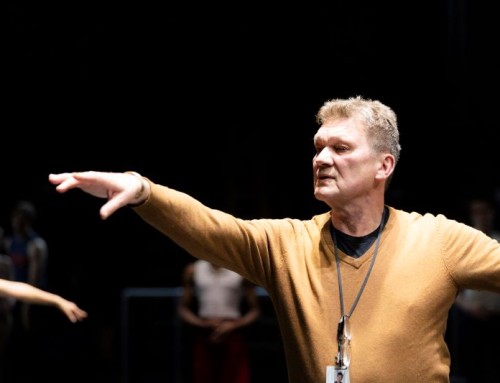
To whom it may concern:
First of all-Happy New Year!
I am writing to ask permission to use a photograph from 1981 for publication in my upcoming book for University of Florida Press about my philosophy of dance, exercises for getting older and my life.
This email is for Archie K Horspool.
I would be so appreciative!
Thank you
Naomi
Happy New Year again!
Naomi Goldberg Haas
Artistic Director Dances For A Variable Population
347.683.2691
naomi@dvpnyc.org
http://www.dvpnyc.org